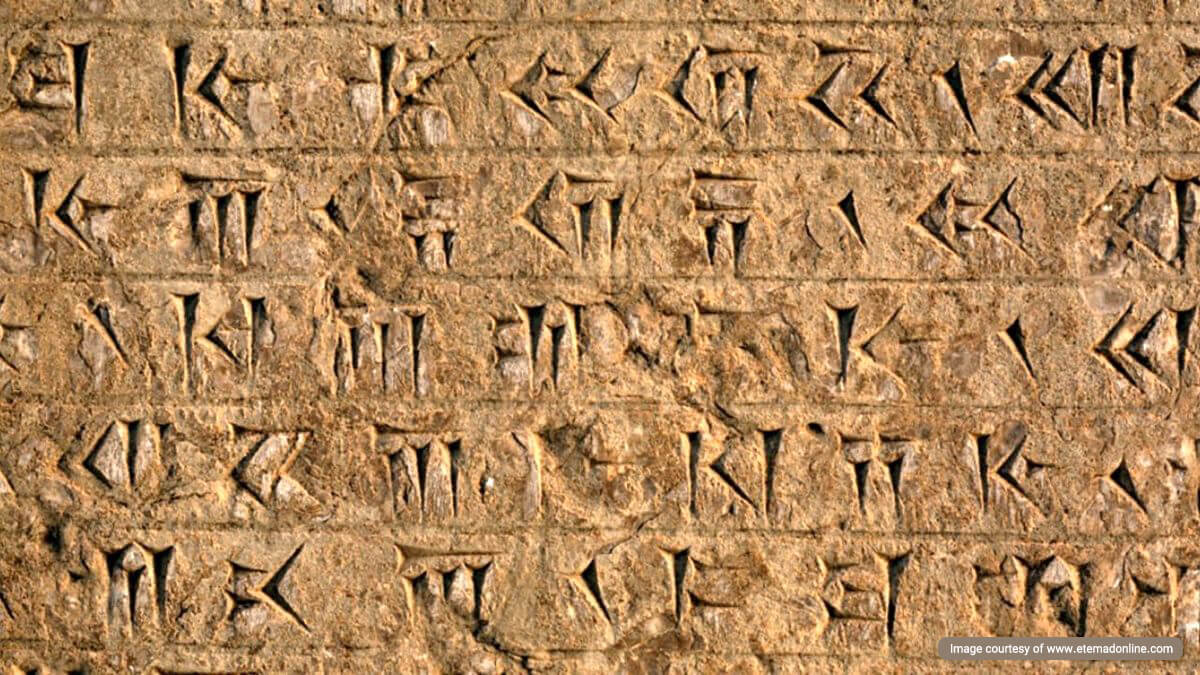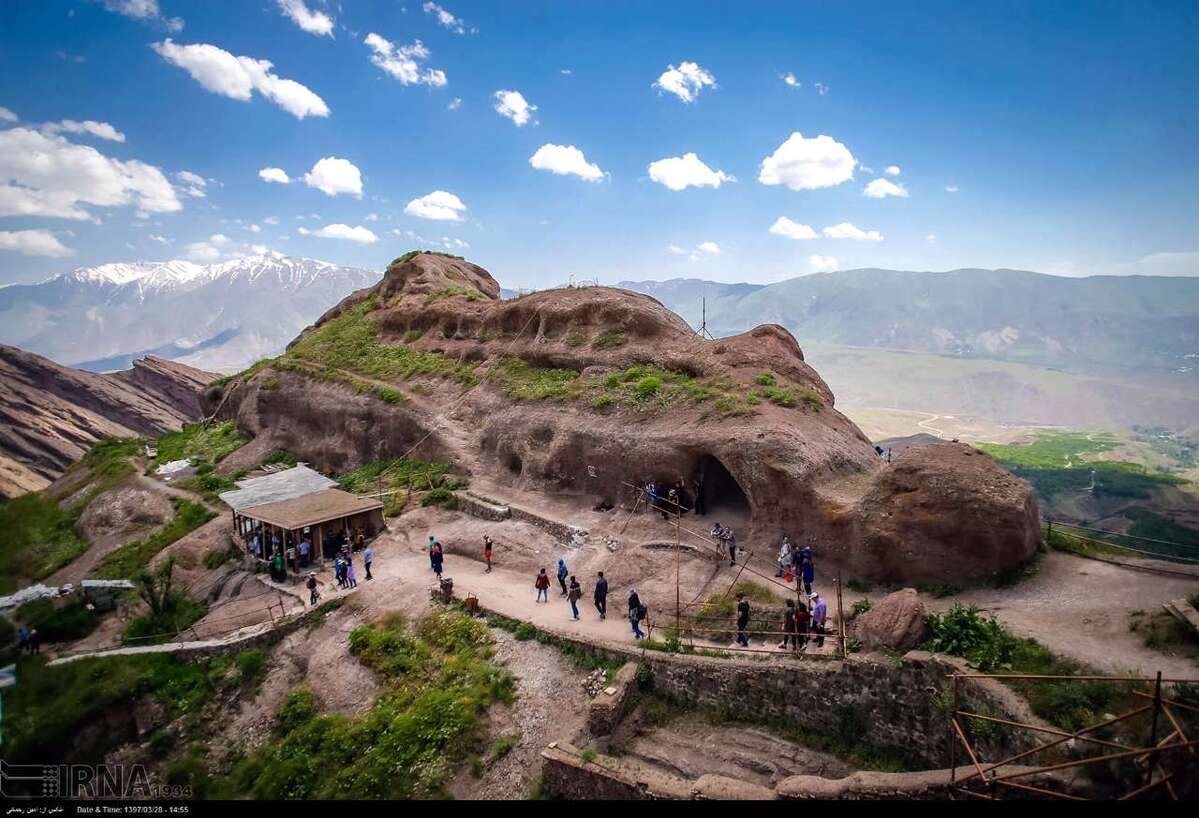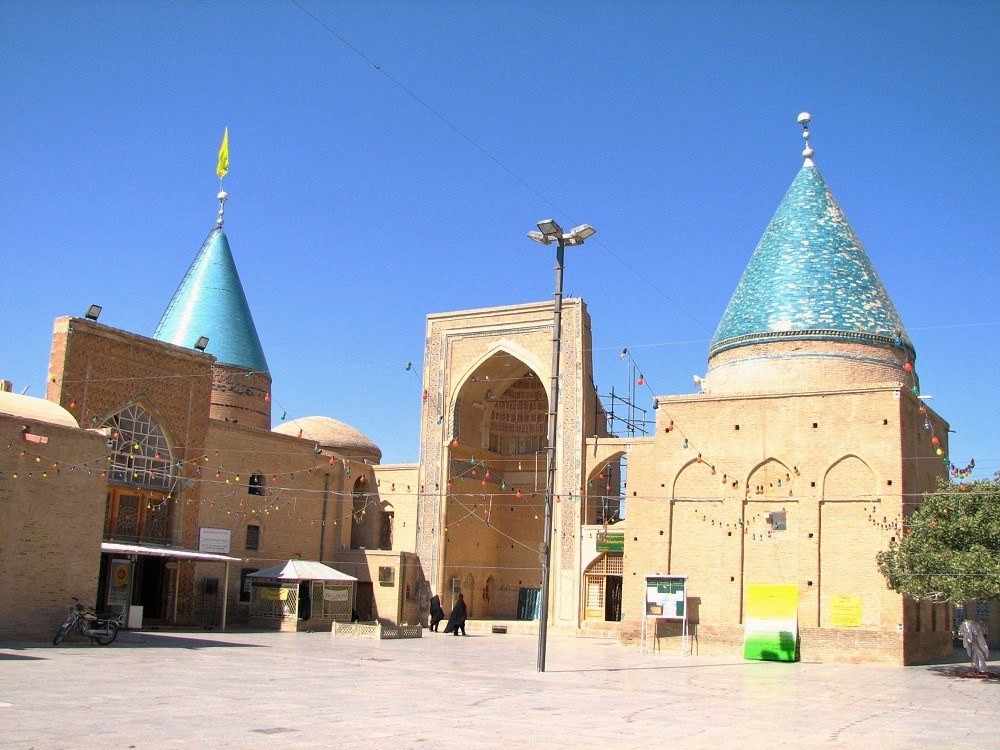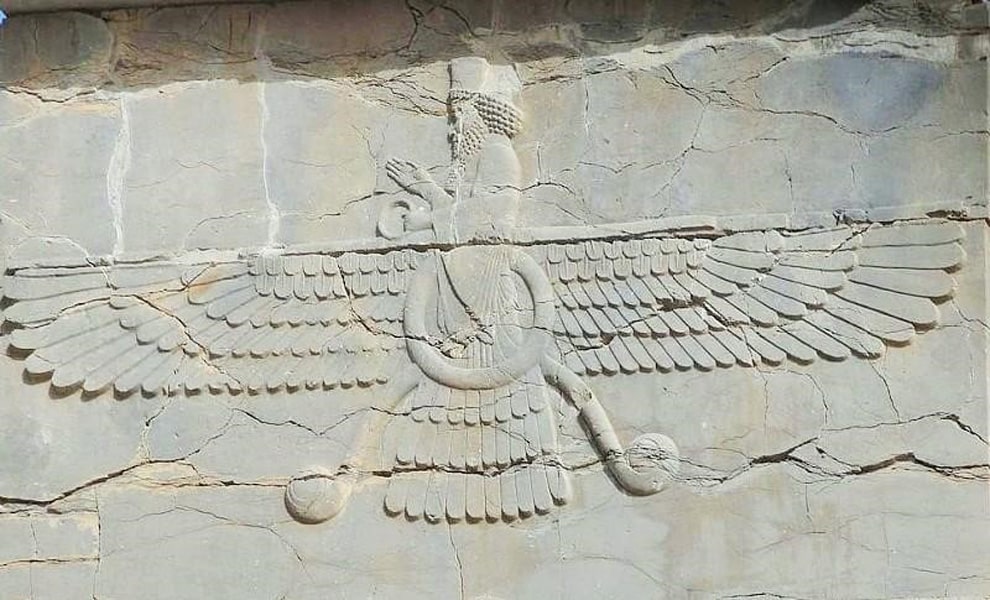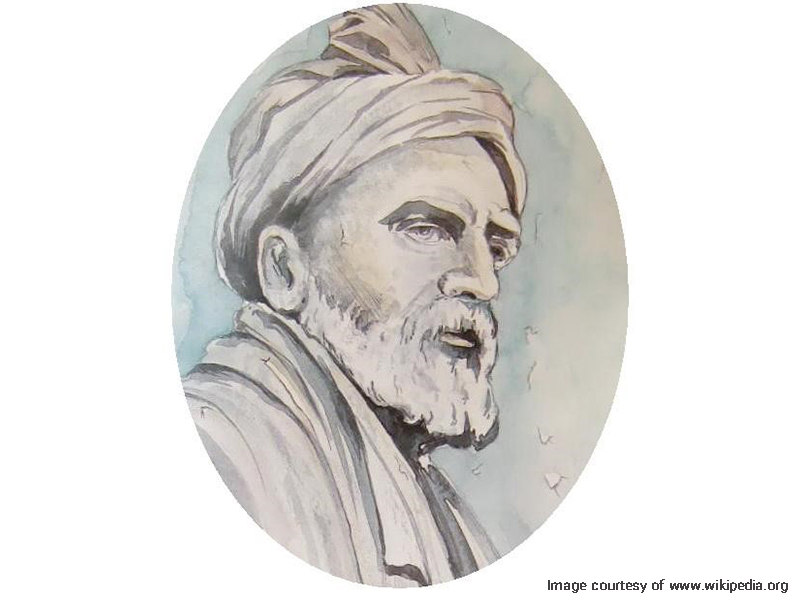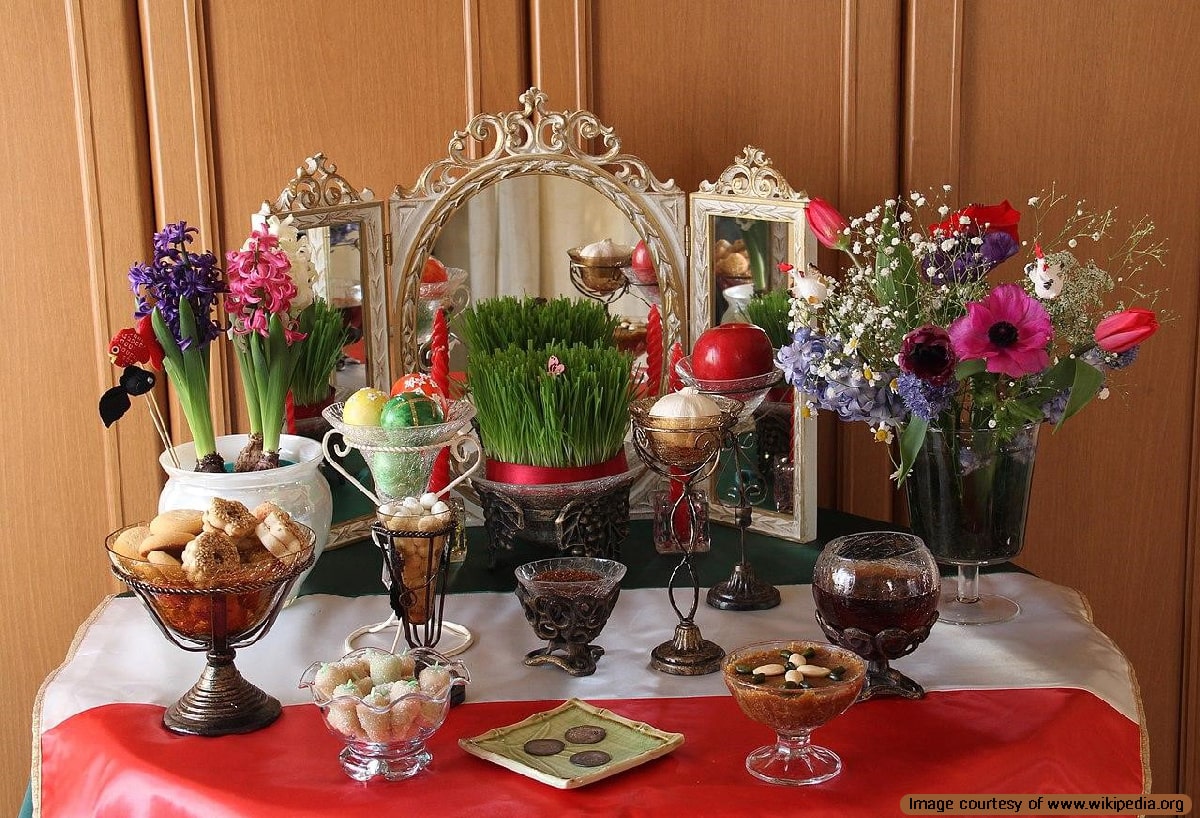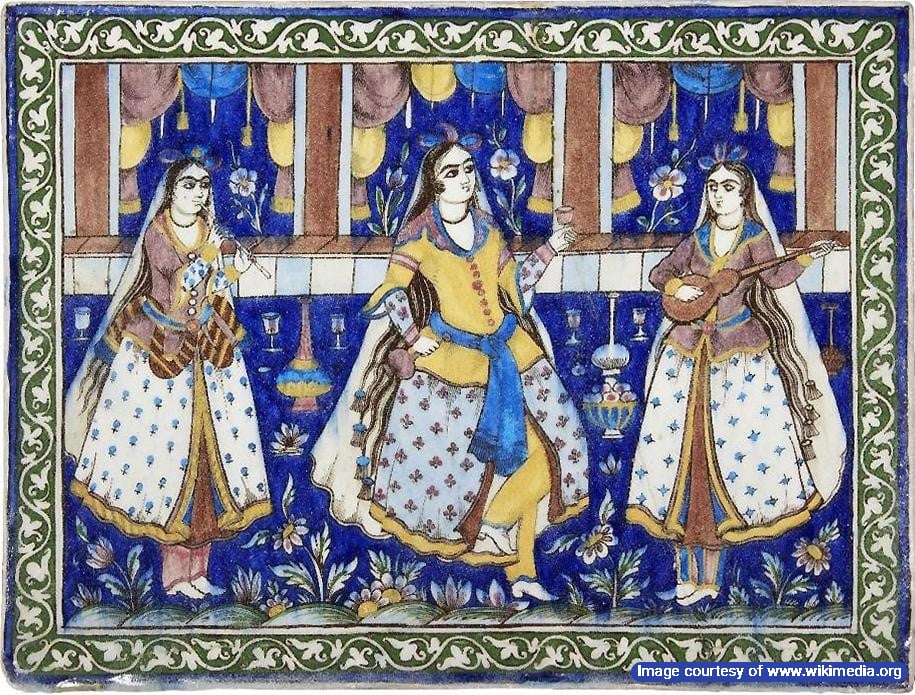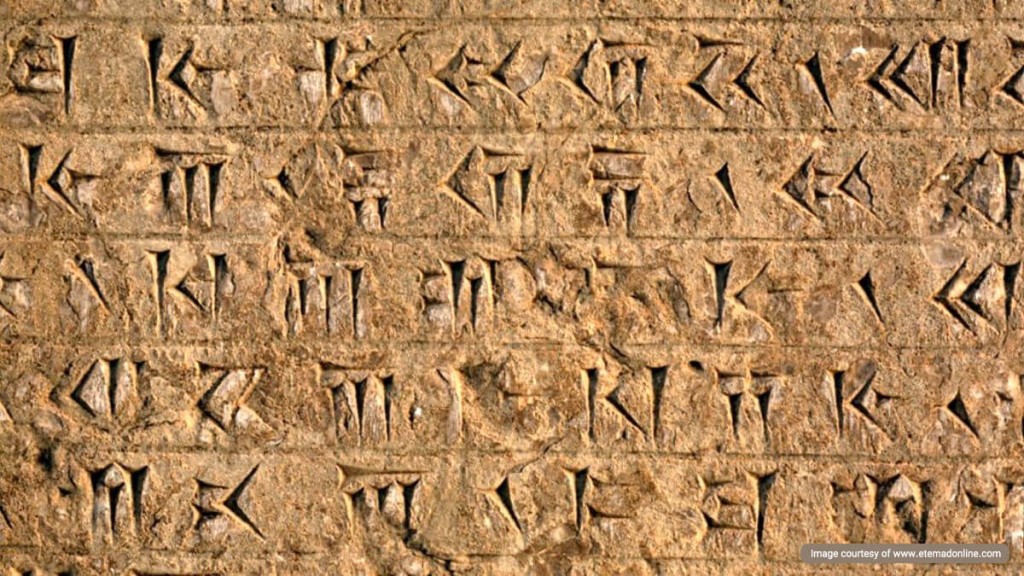
About 3000 years ago, the inhabitants of the Iranian plateau and its sub-divisions were speaking languages called Irano-Aryan languages. Iranian Languages are still spoken in the regions beyond the present borders of Iran, from Turkey to Pamir and from the Caucasus Mountains to the Oman Sea.
The common origin of all these languages was spoken at least since 2000 B.C. All of them had some features in common: the Iranian lexicon and grammatical structure.
Iranian languages are within a more general branch called Indo-European. Because of the similarities between Indian languages and Indo-Iranian languages, during the early stages of the evolution of these languages, a branch called Indo-Iranian languages has been formed.
Number of Speakers
The Iranian languages are a fascinating and diverse group, spoken by approximately 200 million people across a wide geographical area. The most widely spoken Iranian language is Persian (Farsi), with about 84 million speakers in Iran, Afghanistan (where it is known as Dari), and Tajikistan (where it is known as Tajik). Persian is notable for its rich literary tradition and is the language of many classical poets like Rumi, Hafez, and Ferdowsi.
Pashto, with around 50 million speakers, is the second most spoken Iranian language. It is an official language of Afghanistan and also spoken in parts of Pakistan. Pashto has a strong oral tradition and a significant body of poetry and folklore.
Kurdish, spoken by approximately 35 million people, is another prominent Iranian language. It is spoken in various regions, including Iraq, Iran, Turkey, and Syria. Kurdish has several dialects, with Kurmanji and Sorani being the most widely used. Each dialect has its own distinct literary and cultural traditions.
Other Iranian languages with substantial numbers of speakers include Balochi, spoken by around 8 million people in Iran, Pakistan, and Afghanistan, and Gilaki and Mazandarani, each spoken by around 3 million people in northern Iran. Smaller Iranian languages, such as Luri, Bakhtiari, and Talysh, also contribute to the linguistic diversity of the region.
| Language | Number of Speakers (approx.) | Regions |
| Persian (Farsi, Dari, Tajik) | 84 million | Iran, Afghanistan, Tajikistan |
| Pashto | 50 million | Afghanistan, Pakistan |
| Kurdish | 35 million | Iraq, Iran, Turkey, Syria |
| Balochi | 8 million | Iran, Pakistan, Afghanistan |
| Gilaki | 3 million | Northern Iran |
| Mazandarani | 3 million | Northern Iran |
| Luri | 2.3 million | Western Iran |
| Bakhtiari | 1 million | Southwestern Iran |
| Talysh | 500,000 | Northern Iran, Azerbaijan |
| Zazaki | 3 million | Eastern Turkey |
The History of Iranian Languages
To fully explore the history of the languages in Iran, you need to study the history of the Irano-Aryan languages, which is divided into three main phases:
- Old Iranian: from the early 2nd millennium to 4th & 3rd centuries B.C.
- Middle Iranian: from 4th &3rd centuries B.C. to 8th & 9th A.D.
- New Iranian: from the 8th & 9th centuries A.D. to today.
Terminology And Grouping
The term “Iranian languages” refers to a branch of the Indo-Iranian languages, which are a subgroup of the larger Indo-European language family. These languages are traditionally divided into three historical stages: Old Iranian (until approximately 400 BCE), Middle Iranian (400 BCE – 900 CE), and New Iranian (since 900 CE).
Old Iranian Languages
Old Iranian languages date back to the first millennium BCE and include significant languages such as Old Persian and Avestan. These languages provide a crucial link to understanding the early development of the Iranian language family.
Old Persian, primarily known through the inscriptions of the Achaemenid Empire (c. 550-330 BCE), is one of the earliest attested Iranian languages. The most famous of these inscriptions is the Behistun Inscription, commissioned by Darius the Great. Written in cuneiform script, Old Persian was used for official inscriptions, monumental records, and royal decrees. It provides invaluable insights into the history, politics, and culture of the Achaemenid period. The vocabulary and grammar of Old Persian laid the groundwork for later developments in Persian and other Iranian languages.
Avestan, another prominent Old Iranian language, is the language of the Avesta, the sacred texts of Zoroastrianism. There are two primary variants of Avestan: Old Avestan, used in the oldest portions of the Avesta, such as the Gathas (hymns attributed to Zoroaster), and Younger Avestan, used in later Zoroastrian scriptures. Avestan was written in a unique script developed specifically for the religious texts. Despite its limited use outside religious contexts, Avestan has played a significant role in preserving the spiritual and philosophical heritage of ancient Iran.
Other Old Iranian languages include Median, spoken by the Medes, and Scythian, spoken by various nomadic tribes across the Eurasian steppes. These languages, although less well-documented, contributed to the diversity and spread of the Iranian language family.
Middle Iranian Languages
The Middle Iranian languages emerged as the Old Iranian languages evolved during the period between 400 BCE and 900 CE. This period saw significant linguistic changes influenced by the political and cultural transformations of the time, leading to the development of various Middle Iranian dialects.
Middle Persian, or Pahlavi, was the official language of the Sassanian Empire (224-651 CE). It evolved from Old Persian and was used extensively in administration, literature, and religious texts. Middle Persian is characterized by a simpler grammar and more phonetic writing system compared to Old Persian. The most notable texts in Middle Persian include the Pahlavi scriptures of Zoroastrianism and the Shahnameh (Book of Kings), a monumental epic that, while written in New Persian, reflects many Middle Persian elements.
Parthian, another important Middle Iranian language, was spoken in the Parthian Empire (247 BCE – 224 CE). It served as a lingua franca across a vast territory and was used in royal inscriptions, administrative documents, and literary works. Parthian employed the Aramaic script, which influenced the development of writing systems in other Iranian languages.
Bactrian, spoken in the region of Bactria (modern-day Afghanistan), is another significant Middle Iranian language. Bactrian inscriptions and documents, written in the Greek alphabet, provide valuable information about the history and culture of the region during the Kushan Empire (1st to 3rd centuries CE).
Sogdian and Khotanese are other notable Middle Iranian languages. Sogdian was a major commercial language along the Silk Road, used extensively for trade and communication between different cultures. Khotanese, spoken in the Buddhist kingdom of Khotan, played a crucial role in the transmission of Buddhist texts and ideas to China.
New Iranian Languages
The category of new Iranian languages, also known as Modern Iranian languages, developed from the Middle Iranian stage and include Persian, Pashto, Kurdish, and Balochi. These languages are further categorized into Western Iranian and Eastern Iranian groups. Western Iranian languages, such as Persian and Kurdish, are spoken primarily in Iran and surrounding regions. Eastern Iranian languages, including Pashto and Balochi, are spoken in areas to the east of Iran, such as Afghanistan and Pakistan.
The Proto-Iranian Language
The Proto-Iranian language is the hypothetical common ancestor of all the Iranian languages. It is believed to have been spoken around the 2nd millennium BCE. Proto-Iranian itself evolved from Proto-Indo-Iranian, which is the ancestor of both Iranian and Indo-Aryan languages. The speakers of Proto-Iranian are thought to have migrated from the steppes of Central Asia into the Iranian Plateau, where their language diversified into the various Iranian languages we recognize today.
Proto-Iranian is reconstructed through the comparative method, which involves comparing similarities among its descendant languages. Linguists have identified various phonological, morphological, and syntactic features that characterize Proto-Iranian. For example, Proto-Iranian retained many features from Proto-Indo-European, such as the use of complex verb forms and a system of grammatical cases.
The influence of Proto-Iranian is evident in the cultural and linguistic heritage of the Iranian peoples. Many cultural and religious concepts, such as those found in Zoroastrianism, have roots in the Proto-Iranian language and its speakers’ worldview. The term “Iranian” itself derives from the Middle Persian word “Ērān” and the Parthian word “Aryān,” both of which trace back to the Proto-Iranian word *arya- meaning “Aryan” or “of the Iranians.” This linguistic and cultural continuity highlights the deep historical roots of the Iranian languages and their enduring significance.
Farsi Today
Today, Farsi is the language spoken and understood in all corners of Iran. It is the official language used in the education and administration systems of Iran. Farsi is the mother tongue of the absolute majority of the population in Iran. Beyond the present borders of Iran, there are small groups of Farsi-speaking people called Iranians.
Other Farsi Dialects Spoken Today
Tajiki dialects are referred to a large variety of dialects spoken in Afghanistan, being in connection with the Farsi dialects in central Tajiki dialects, Khorasan province dialects, and Sistan province. But, Pashto is the dominant language spoken in Afghanistan. Since the former Soviet Union period, Tajiki was the language spoken by the people living in Uzbekistan, Kyrgyzstan, and Kazakhstan. It is also the official language of Tajikistan.
Ossetic dialects are referred to as the dialects spoken by Ossetians who are living in central Caucasia. Their language, including two major dialects, is the continuation of the western Scythian dialects of antiquity.
Kurdish is another Iranian language spoken by Kurds in a vast mountainous region including part of Iran, Turkey, Iraq, and Syria. There are also Kurdish-speaking minor groups living in Khorasan, Central Turkey, other parts of Syria, Azerbaijan, Turkmenistan, Armenia, Georgia, etc.
Lurish and Bakhtiari dialects are spoken in the south of the region where Kurds are living in Iran.
Baluchi is mainly spoken in the historical province of Baluchestan extending from Iran to Pakistan and the southern part of Afghanistan. Some Baluchi speaking-people are also living in Turkmenistan.
Tati is another dialect of the Iranian language spoken in the Republic of Azerbaijan and parts of Dagestan.
Taleshi is spoken in the Republic of Azerbaijan and NW of Iran by the Caspian Sea.
Mazandarani and Gilaki are other dialects spoken along the southern coast of the Caspian Sea. They are the continuation of northwest Iranian dialects.
Other Dialects inside Iran
Almost all of the above-said languages are spoken in different dialects. In addition, there are many other local dialects in central and western Iran that have not been satisfactorily investigated.
The geographical extents to which the Iranian languages have been transferred are, in short, indicative of the widespread Iranian culture outside of the geographical borders of present-day Iran.






